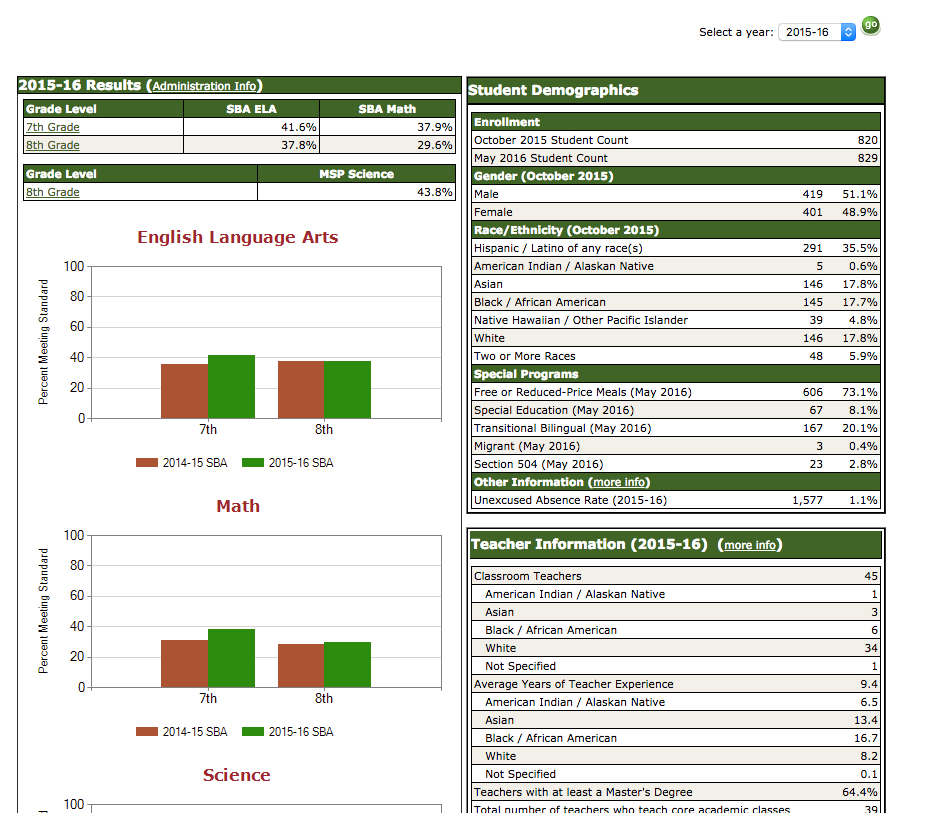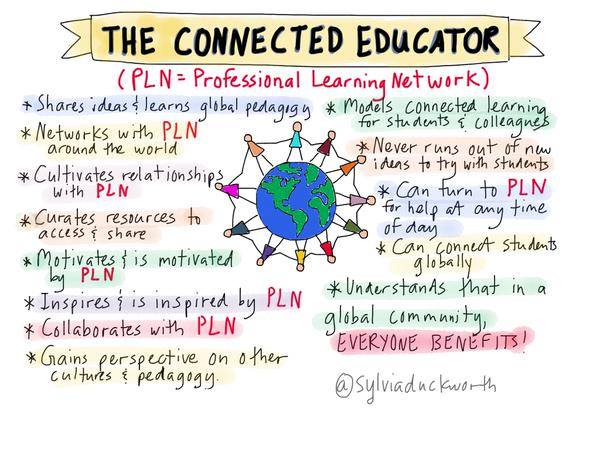 The ending before Winter Break was the worst of times…but also the best of times. We know our students react to the holidays often with increased anxiety, and no matter how tight or clear instruction is, sometimes a student or students can’t control their emotional responses. That is where our professionalism and patience are both tested and steeled. I just keep reminding myself that the majority of students are doing good, strong work and growing. The one to two who lash out just need more time, patience and support.
The ending before Winter Break was the worst of times…but also the best of times. We know our students react to the holidays often with increased anxiety, and no matter how tight or clear instruction is, sometimes a student or students can’t control their emotional responses. That is where our professionalism and patience are both tested and steeled. I just keep reminding myself that the majority of students are doing good, strong work and growing. The one to two who lash out just need more time, patience and support.
On the eve of the break, I received some amygdala-grabbing warnings about my teaching practice. Heaped on an already cortisol-filled heart and head, my best path to stress relief is to read and take stock, write notes, and make a plan.
Receiving negative criticism, however, need not be cause for alarm. With every negative assumption comes an opportunity to revisit positive intent.
I am a HUGE fan of ‘assuming good intentions,’ and this article by Laura Thomas states why clearly:
Anger and Trust
What’s causing all this publicly shared ire? It used to be unacceptable to go to the scary rage place, particularly in front of colleagues or friends. Doing so would ruin one’s credibility. Now, due in part to the perceived anonymity of social media, we’ve reset the Overton Window on what is unacceptable — and we’re hurting ourselves as a result, because all of this anger may actually change the way the brain functions, as well as the heart, immune system, blood pressure, and lungs. When we feel attacked, a part of our brain called the amygdala floods our body with chemicals that prepare us for a fight. Angry outbursts feel like attacks, so we respond defensively, which from the other side looks a lot like an attack. In healthy people, the prefrontal cortex keeps us from taking a swing at the guy next to us (or at the very least telling him exactly what we think of him and his opinion). Lately, however, that system seems to be breaking down. We’re getting angrier while simultaneously feeling fewer inhibitions about taking that metaphorical or literal swing at the guy next to us.
So how do we stop it?
By recognizing what is happening, and surrounding and bolstering ourselves with intelligent, thoughtful relationships. To my colleagues who are smart and experts in terms of neuroscience, education, mindfulness and quality instruction. I am so blessed to have these women in my life. I will look to them for mindfulness lessons for students first.
Over-break Projects:
No burnout:
Don’t get burned out, but remain passionate.
Crafts, baking, walking, reading: enjoying my family’s company. My husband and sons are three of the smartest, funniest men I know. We are a creative, engaged family, and resourceful as all get-out. I realizing raising two amazing humans does not make me more or less qualified as an educator, but it does give me insights that help inform my practice. Raising humans is not for the faint of heart, and it takes a lot of heart to do so.
Seating Arrangments:
I went in today and cleaned up my room. I was sick that Friday before the break and reluctantly got a sub. One of the things I’ve been thinking about is seating charts. There are pros and cons, but ultimately it’s not the seating chart but the focus on what they will get done in that day. Though I have Learning Targets/Success Criteria always available, referred to and visible, greet them at the door, I am thinking daily success charts are the way to go. I’ve done these in the past, and they need to happen again. The management and logistics, however…that I’m not really sure about yet.
Trusting and listening to my students:
They are my ‘customers.’ They are who I serve. I love giving surveys and personality inventories, and choice. A lot of choices. However, choice to administrators or observers may look like chaos, and there is something to that. Not all students can handle choice: they’ve been through enough change and trauma to last anyone a lifetime, and they need direct instruction.
4. Go right to the kiddos.
Your students are the best evaluators of the success of your classroom. Throw together a quick survey and ask them how they think their year is going. This is also a chance for you to reflect on your core values; what’s important in your classroom?
For me, it’s every kid feeling free to be themselves—”You do you”—and learning in the way that’s the best for them. So, some of my survey questions might be:
- Do you feel like I respect you as a person?
- Do you think I do everything I can to help you learn? What’s one thing I could do differently?
- What’s one thing you wish I knew?
(That last one can be heartbreaking, eye-opening and the best thing you’ve read all day all at the same time. Sometimes they just want to tell you they love you … and it’s exactly what you’re going to need in a moment of self-doubt.)
For some students, in particular, feeling they have my respect (they do) and my care (they do) is only as valuable as they use it to help them learn. And no one can learn if they don’t feel safe. (Including teachers.)
So: I’m working on this:
[embeddoc url=”https://blog0rama.edublogs.org/files/2017/12/Daily-Planner-CTE-Class-1yg814k-r0np07.docx” download=”all” viewer=”microsoft” ]
And then I’ll go bake something.







